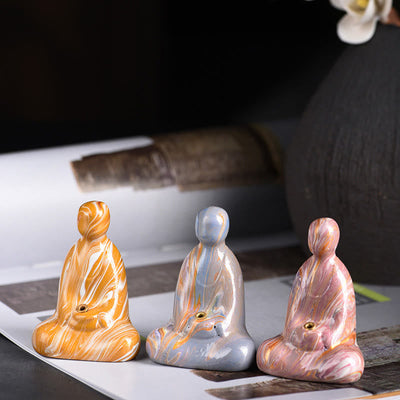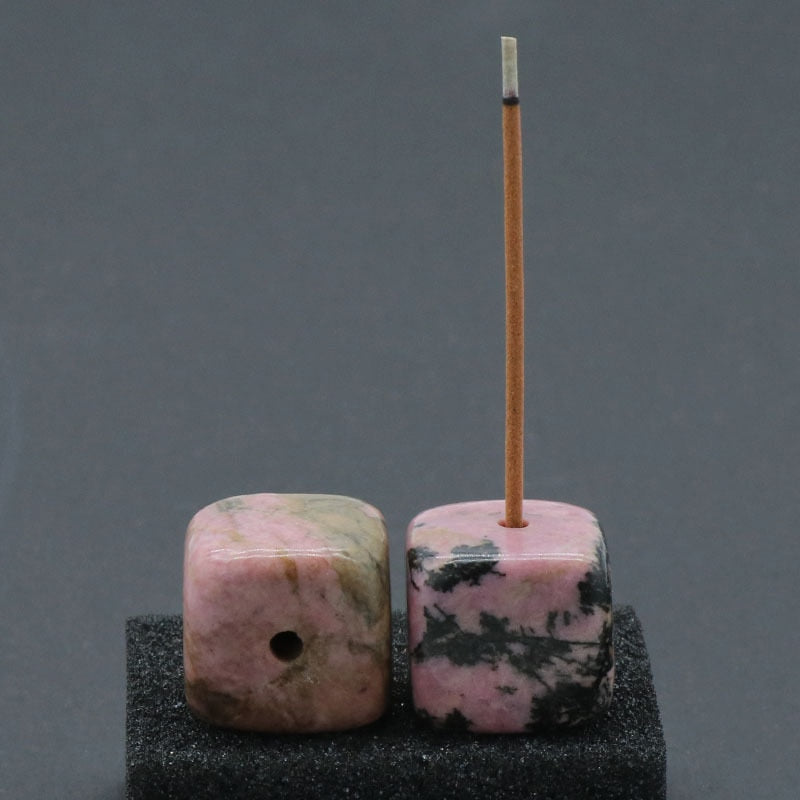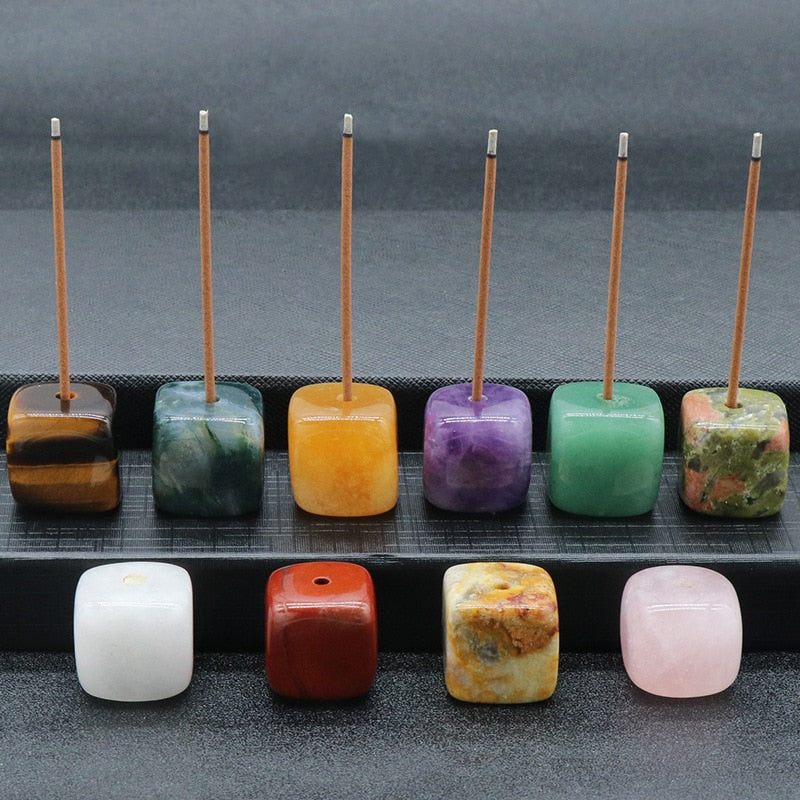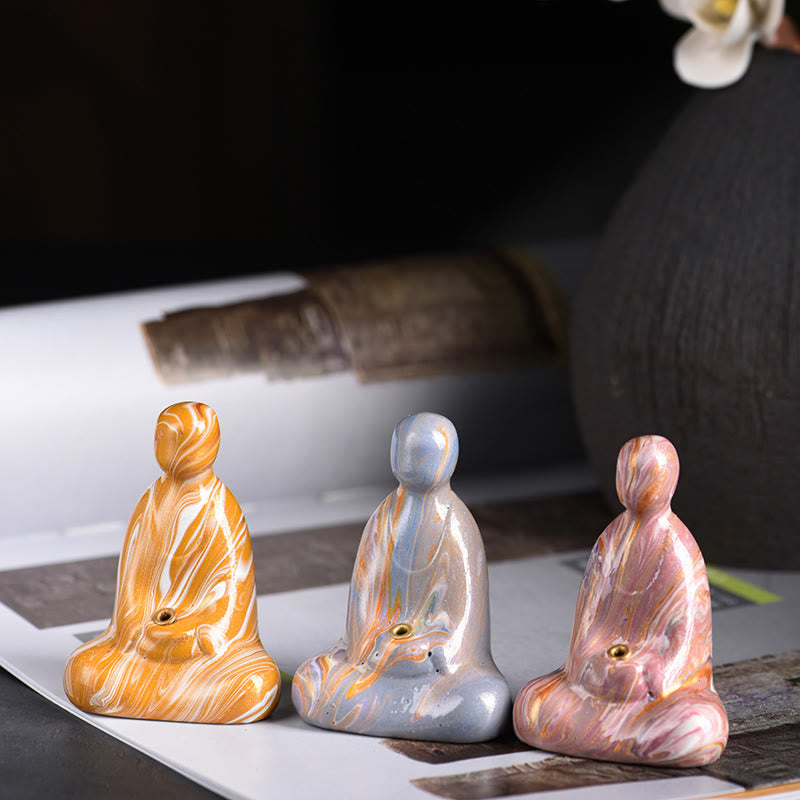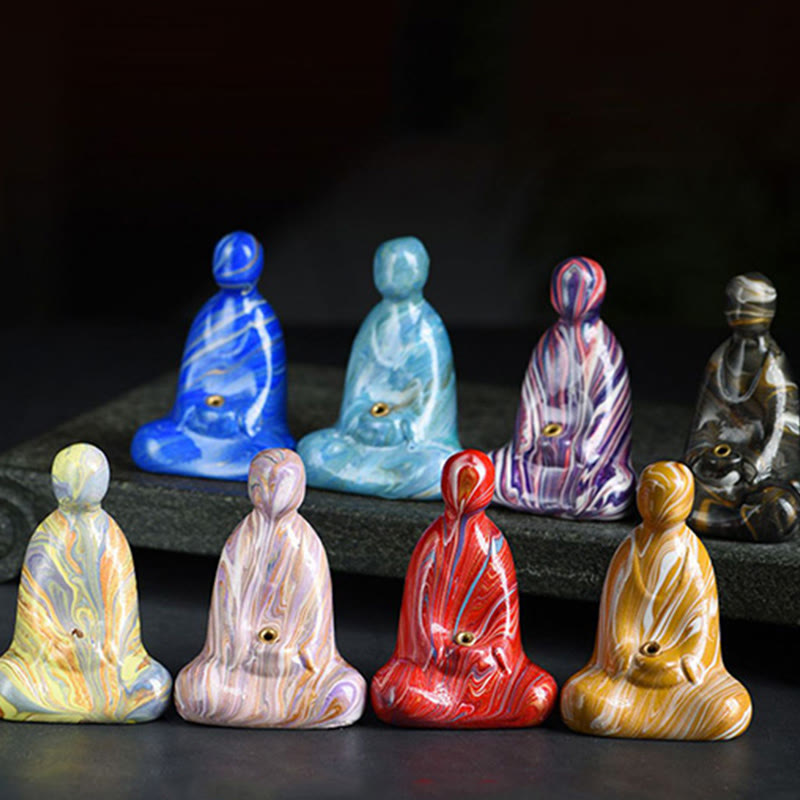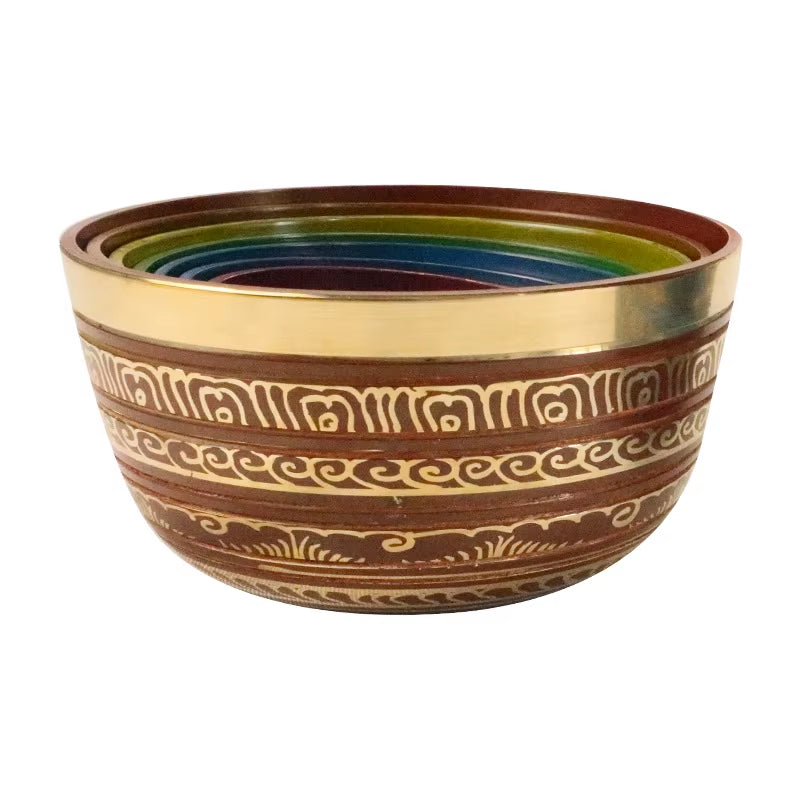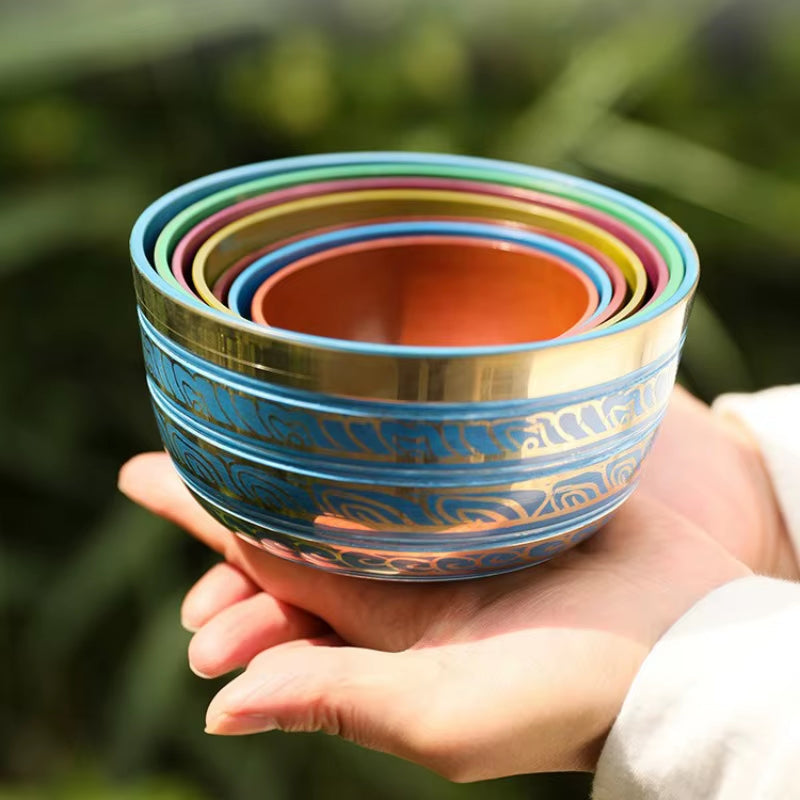The gentle curl of smoke, the subtle, grounding aroma filling a quiet space—for centuries, buddhist incense has been an integral part of spiritual practice and daily ritual. More than just a pleasant fragrance, it serves as a profound tool for mindfulness, a symbolic offering, and a bridge to a deeper state of tranquility. Whether you are new to meditation or looking to deepen your understanding of Buddhist traditions, exploring the world of incense is a journey of the senses and the spirit.
This guide will walk you through the rich traditions behind Buddhist incense, exploring its meaning, the different types used in monasteries and homes, and how you can incorporate its serene benefits into your own mindfulness practice. We'll uncover why this ancient tradition continues to be a cherished element of spiritual life for millions around the world.
The Sacred Role of Incense in Buddhist Traditions
In Buddhism, burning incense is a practice steeped in symbolism and intention. It's not merely for ambiance; it's an active gesture of reverence and mindfulness. The act of lighting an incense stick is a moment to pause and set an intention. As the incense burns, its fragrance is believed to purify the space, cleansing it of negative energy and creating a conducive environment for meditation and prayer. The smoke, ascending upwards, symbolizes the practitioner's prayers and aspirations reaching the enlightened beings.
This ritual is a form of dana, or offering. By offering something as pure and pleasant as incense, practitioners cultivate generosity and show respect for the Buddha, Dharma (teachings), and Sangha (community). This simple act helps quiet the mind, focus attention, and prepare the heart for deeper spiritual work. It transforms an ordinary room into a sacred space, a personal temple for reflection and peace.

Common Types of Buddhist Incense and Their Meaning
The world of Buddhist incense is rich with diverse aromas, each carrying its own unique properties and spiritual significance. The ingredients are almost always natural, sourced from woods, herbs, and resins that have been revered for centuries. Understanding these types can help you choose an incense that aligns with your specific intention.
Sandalwood (Chandana): The Scent of Serenity
Sandalwood is perhaps the most iconic scent associated with Buddhist temples. Its warm, woody, and creamy fragrance is renowned for its ability to calm the mind and soothe the spirit. It is often used during meditation to reduce anxiety, enhance concentration, and promote a sense of inner peace. In many traditions, sandalwood is considered a direct link to the sublime, helping to ground the practitioner in the present moment.
Agarwood (Oud): The Wood of the Gods
Highly prized and often rare, agarwood is a dark, resinous heartwood that forms in aquilaria trees when they become infected with a specific type of mold. The resulting fragrance is incredibly complex, deep, and psychoactive. Known as the "Wood of the Gods," agarwood is used for deep meditation, advanced spiritual practices, and significant ceremonies. Its powerful aroma is believed to dispel negative energy and awaken a connection to the divine.
Himalayan Herbal Blends: The Essence of the Mountains
Tibetan and Nepalese incense traditions often feature complex blends of aromatic herbs, spices, and minerals sourced from the Himalayan mountains. These blends can include ingredients like juniper, rhododendron, saffron, and various medicinal plants. Unlike incense with a bamboo core, Tibetan incense is typically solid. These herbal sticks are known for their therapeutic properties and are often used for healing rituals, purification ceremonies, and balancing the body's subtle energies.

To deepen your understanding of the specific types of incense used in traditional settings, the video below offers a fascinating look inside Buddhist temples and their aromatic practices.
The Ritual of Offering: How Incense is Used in Practice
Incorporating incense into your own practice begins with creating a dedicated space and a clear intention. A simple home altar can serve as a focal point for your rituals. This sacred space doesn't need to be elaborate; a small, clean surface with a statue or image of the Buddha, a candle, and an incense holder is all you need to begin.
The ritual itself is one of mindfulness. When you light the incense, do so with awareness. Watch the flame, observe the first wisp of smoke, and take in the fragrance as it begins to permeate the air. As you place the stick in its holder, you can make a dedication or set an intention for your meditation session. According to resources like BuddhaNet, this offering is a way of paying homage and cultivating a state of mental purity. This simple, repetitive act can become a powerful anchor for your daily practice, signaling to your mind and body that it's time to turn inward.

The choice of an incense holder is also significant. It should be stable, fireproof, and aesthetically pleasing to you, adding to the beauty and serenity of your altar. A holder made from natural materials can help deepen your connection to the earth during your practice.

Porte-encens carré en pierre de quartz naturel
$29.99 $39.99
Elevate your incense offerings and Buddhist rituals with this crystal incense holder for sacred, mindful practice.
Explore ProductChoosing the Right Buddhist Incense for Your Practice
With so many options available, selecting the right incense can feel overwhelming. The key is to return to your intention. Ask yourself: what is the purpose of this session?
- For daily meditation, the calming and grounding aroma of Sandalwood is an excellent choice.
- For deep spiritual work or clearing a space of dense energy, the potent fragrance of Agarwood can be transformative.
- For healing or balancing rituals, a traditional Tibetan herbal blend may be most effective.
Above all, prioritize quality. True Buddhist incense is made from 100% natural ingredients, free from synthetic fragrances and chemicals that can be distracting and unhealthy. High-quality incense burns cleanly and releases a pure, nuanced aroma that enhances rather than overpowers your practice. Experiment with different types to discover which scents resonate most deeply with you and support your journey toward inner peace.
Building a complete sacred space often involves more than just incense. Elements like a representation of the Buddha and tools for sound healing can work in harmony with the incense to create a deeply immersive and serene environment for your rituals.
Complete Your Sacred Space
Honor tradition and create a serene meditation space with this handcrafted Buddha incense holder for daily rituals. Learn more ➔
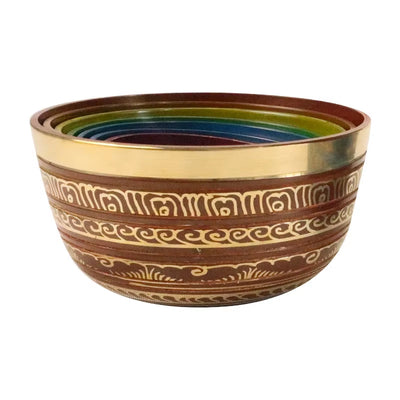
Ensemble de bols chantants tibétains pour la guérison
$219.90
$289.90
Enhance your incense and meditation ceremonies with this Tibetan singing bowl set for a complete Buddhist altar. Learn more ➔
A Path of Scent and Spirit
Buddhist incense is far more than an air freshener; it is a timeless tradition that engages the senses to awaken the spirit. From the grounding notes of sandalwood to the transcendent aroma of agarwood, each stick carries the wisdom of ancient practices. By incorporating this simple ritual into your life, you create moments of intentional peace, purify your sacred space, and deepen your connection to your own mindfulness journey. We invite you to explore the rich tapestry of scents and find the one that speaks to your soul, transforming your space and your practice one fragrant wisp at a time.
Frequently Asked Questions about Buddhist Incense
The most common types of incense used in Buddhism are Sandalwood and Agarwood (Oud). Many traditions, particularly Tibetan Buddhism, also use complex herbal blends made from ingredients like juniper, saffron, and other medicinal plants sourced from the Himalayas. The focus is always on natural, pure ingredients.
Buddhist incense is used for several purposes: to purify a space before meditation or rituals, as a symbolic offering to show respect and cultivate generosity, to help calm the mind and improve focus during meditation, and to create a sacred, serene atmosphere conducive to spiritual practice.
Buddhists use incense during prayer and rituals as a mindful offering (dana). The pure fragrance represents the practitioner's devotion, and the smoke rising upwards symbolizes their prayers, intentions, and aspirations reaching the enlightened beings. It's an act of reverence that helps focus the mind and sanctify the practice.
The smell varies widely depending on the ingredients. Sandalwood has a warm, sweet, and woody aroma. Agarwood (Oud) has a very deep, rich, and complex resinous scent. Tibetan and Himalayan blends have a more earthy, herbal, and sometimes spicy fragrance due to the mix of various mountain plants and spices.
Incense is burned in many Buddhist rituals, including daily meditation sessions, prayer services at temples, ceremonies to honor ancestors, space clearing and purification rituals, and special observance days on the Buddhist calendar. It is a fundamental component of creating a sacred atmosphere for almost any spiritual practice.







